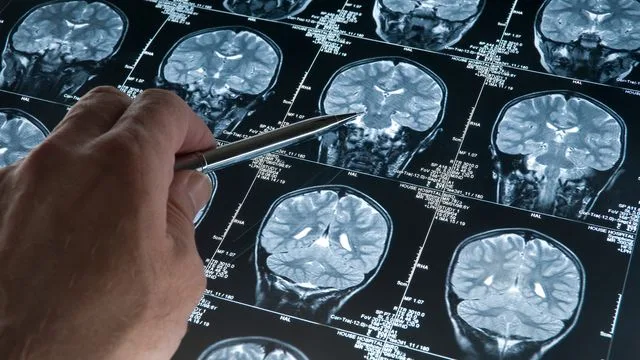Breakthrough: RNA Molecules Spark Nerve Regeneration in Mice
In a groundbreaking discovery, scientists at the Weizmann Institute have identified a specific type of RNA molecule, known as B2-SINE RNAs, that can trigger nerve regeneration in mice. This exciting development holds significant promise for future treatments of neurological conditions such as stroke, ALS (Amyotrophic Lateral Sclerosis), and various neurodegenerative diseases.
The Role of B2-SINE RNAs
The research team discovered that B2-SINE RNAs play a crucial role in promoting the repair and regeneration of damaged nerve cells. These RNA molecules appear to stimulate the cellular mechanisms responsible for nerve growth and connectivity.
Key Findings:
- B2-SINE RNAs promote nerve regeneration in mice models.
- The discovery offers potential therapeutic avenues for neurological diseases.
- Further research is underway to explore applications in humans.
Implications for Neurological Disease Treatment
This research opens up new possibilities for treating conditions where nerve damage is a primary factor. By harnessing the regenerative power of B2-SINE RNAs, scientists hope to develop therapies that can restore lost function and improve the quality of life for patients suffering from:
- Stroke
- ALS
- Neurodegenerative diseases like Alzheimer’s and Parkinson’s
Future Research and Development
While the initial findings are promising, further research is necessary to fully understand the mechanisms of action of B2-SINE RNAs and to determine their safety and efficacy in humans. The Weizmann team is currently focusing on:
- Investigating the long-term effects of B2-SINE RNA treatment.
- Developing targeted delivery methods to ensure the RNA molecules reach the affected nerve cells.
- Conducting preclinical studies to assess the potential for clinical trials.
Final Words
The discovery of B2-SINE RNAs as a trigger for nerve regeneration marks a significant step forward in the field of neurology. As research progresses, there is growing optimism that this breakthrough could lead to effective treatments for a range of debilitating neurological conditions, offering hope to millions of patients worldwide.


+ There are no comments
Add yours